Boosting Sales with Afterpay Shopify
In the fast-paced world of eCommerce, offering customers flexible payment options can be a game-changer. One popular choice is Afterpay, a "buy now, pay later" service that allows customers to split their purchases into interest-free installments. For Shopify merchants, integrating Afterpay can open up new opportunities to increase sales, attract more customers, and improve conversion rates. In this article, we will explore what Afterpay Shopify is, how to set it up on Shopify, and the benefits it brings to your online store. You'll also learn from successful case studies of Shopify businesses that have implemented Afterpay and seen significant growth.
What is Afterpay?
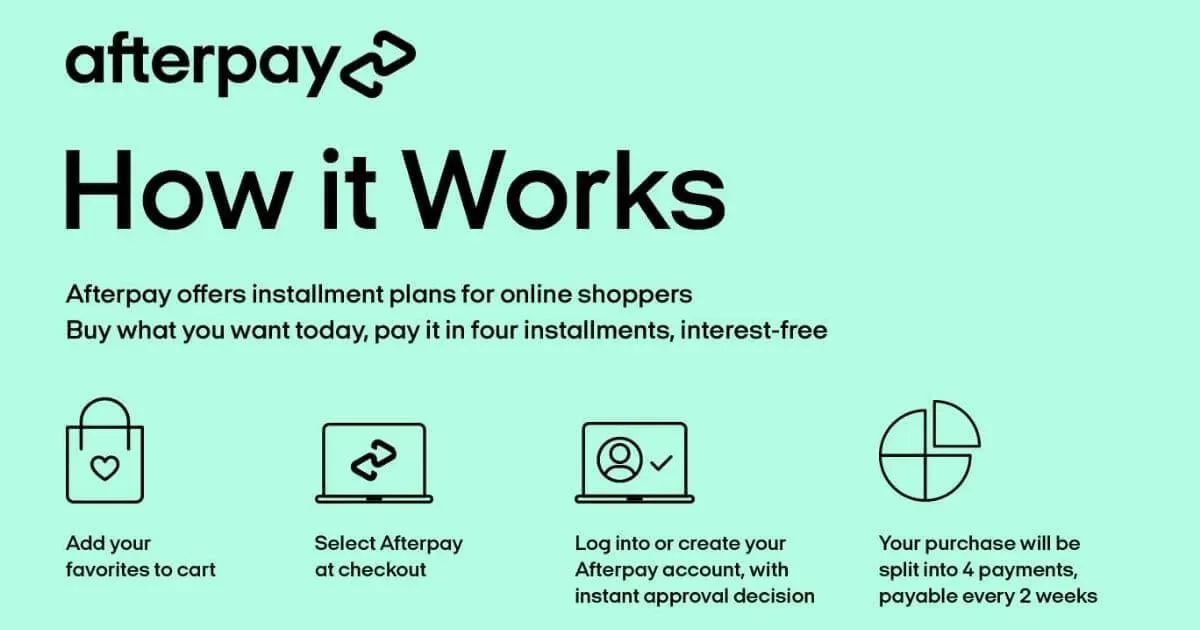
Afterpay is a popular “buy now, pay later” (BNPL) service that allows customers to purchase products and pay for them in interest-free installments. Launched in 2014, Afterpay has revolutionized the way consumers shop by providing them with greater financial flexibility. Shoppers can split their purchases into four equal payments, due every two weeks, making it easier to buy higher-priced items or manage their cash flow.
For businesses, including those using Shopify, Afterpay Shopify provides an additional payment option that can attract more customers, increase sales, and reduce cart abandonment. By offering installment plans, merchants make it easier for customers to complete their purchases, leading to higher conversion rates. Afterpay Shopify has become increasingly popular worldwide, making it a valuable tool for online retailers looking to stay competitive in the eCommerce space.
Creating an Afterpay Account
To get started with Afterpay and Shopify as a business or consumer, you’ll first need to create an Afterpay account. The process is straightforward, and it only takes a few steps:
- Visit Afterpay's Website: Go to Afterpay's website or download the Afterpay app for iOS or Android.
- Sign Up: You will be prompted to sign up by entering your email address and creating a password. Afterpay will also request some basic personal details, including your name, date of birth, phone number, and residential address.
- Link a Payment Method: Afterpay requires you to link a debit or credit card. This payment method will be used for your scheduled payments when you make purchases using Afterpay.
- Verify Identity: Afterpay may ask for additional verification, such as proof of identity or address, particularly for higher-value transactions.
- Set Spending Limits: Afterpay determines your spending limit based on your repayment history. New users typically have lower limits, which can increase over time with responsible usage.
Once your account is set up, you can start shopping with merchants that accept Afterpay. If you are a business owner using Shopify, you’ll also need to complete the merchant onboarding process with Afterpay to integrate it with your store.
What Are Needed in Order to Add Afterpay to Shopify?
Prior to discussing the specifics of setting up Afterpay for Shopify, it is essential to review the necessary requirements and eligibility criteria for integrating Afterpay into your Shopify store.
Supported Countries for Afterpay Shopify:
As of the current date, Afterpay Shopify is accessible to Shopify merchants exclusively in the following countries:
- United States
- Australia
- New Zealand
- Canada
- United Kingdom (Clearpay)
Store Address Eligibility:
The store address must align with the region specified in the Afterpay Shopify account. To verify the accuracy of your store address, navigate to the Shopify admin panel and select Settings, followed by Store details.
In the Billing information section, the Business address must be located in one of the following countries: United States, Australia, New Zealand, or Canada.
Currency Accepted at Stores:
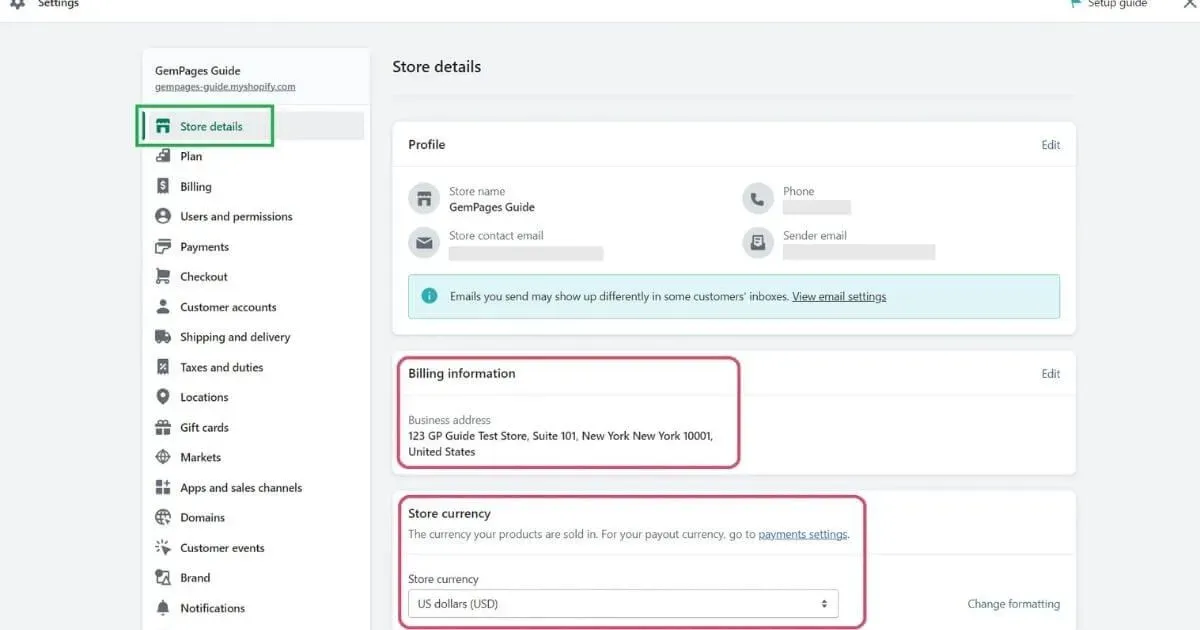
The store's currency must be configured according to the region associated with the respective Afterpay Shopify account, similar to the store address. The following store currencies are the only ones eligible for Afterpay:
USD, AUD, NZD, and CAD.
To verify your Store currency, navigate to the following path: Settings > Store details. Immediately beneath the Billing information section, the Store currency section is located.
Setting of Payments:

Verify that the option "Automatically capture payments for orders" is enabled in your Payments settings. Access the Shopify admin panel and navigate to Settings, then select Payments.
Next, select the Manage button located in the Payment capture section.
How to Add Afterpay to Shopify
With your Afterpay Shopify retailer account successfully set up, the next step is to integrate Afterpay into your Shopify store. To complete the process, adhere to the following steps:
Step 1: Navigate to the Payments Settings section
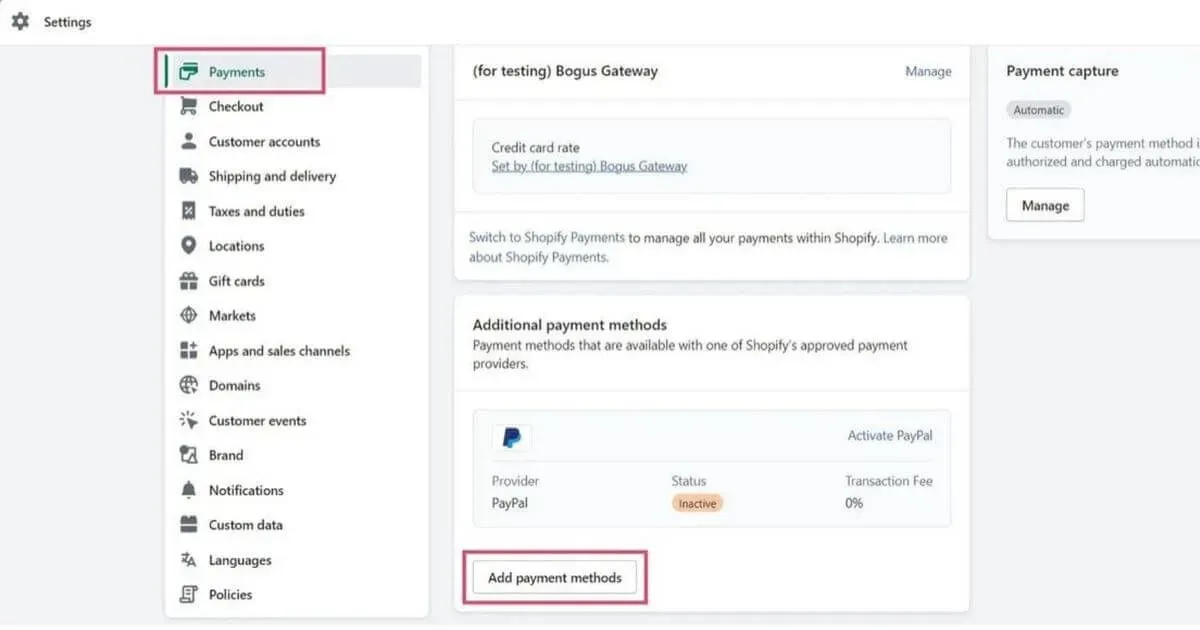
Access the Shopify admin panel and navigate to Settings, then select Payments. Navigate to the bottom of the page and select the Add payment methods button located under the Additional payment methods section.
Step 2: Locate the Afterpay Payment Method
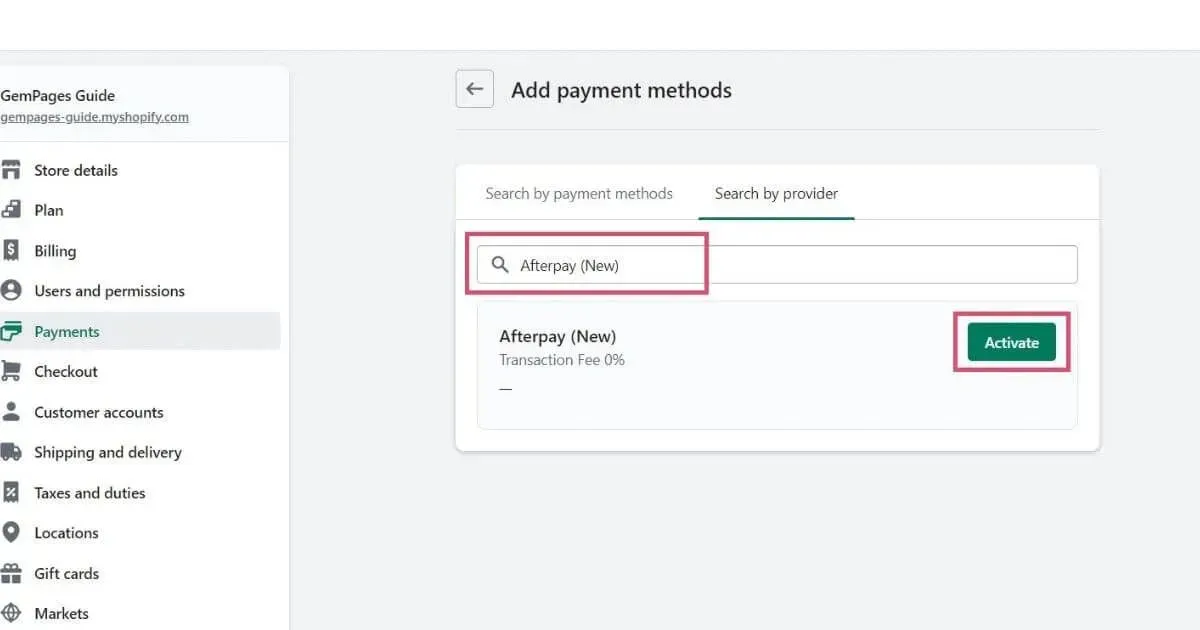
There are two available search bar options: one for Searching by payment methods and another for Searching by provider. Select the second option labelled "Search by provider" and enter "Afterpay" in the search field.
The option labelled - Afterpay (New) is available. Choose the item and press the Activate button.
Step 3: Integrate the Afterpay Shopify Application into Your Shopify Store\
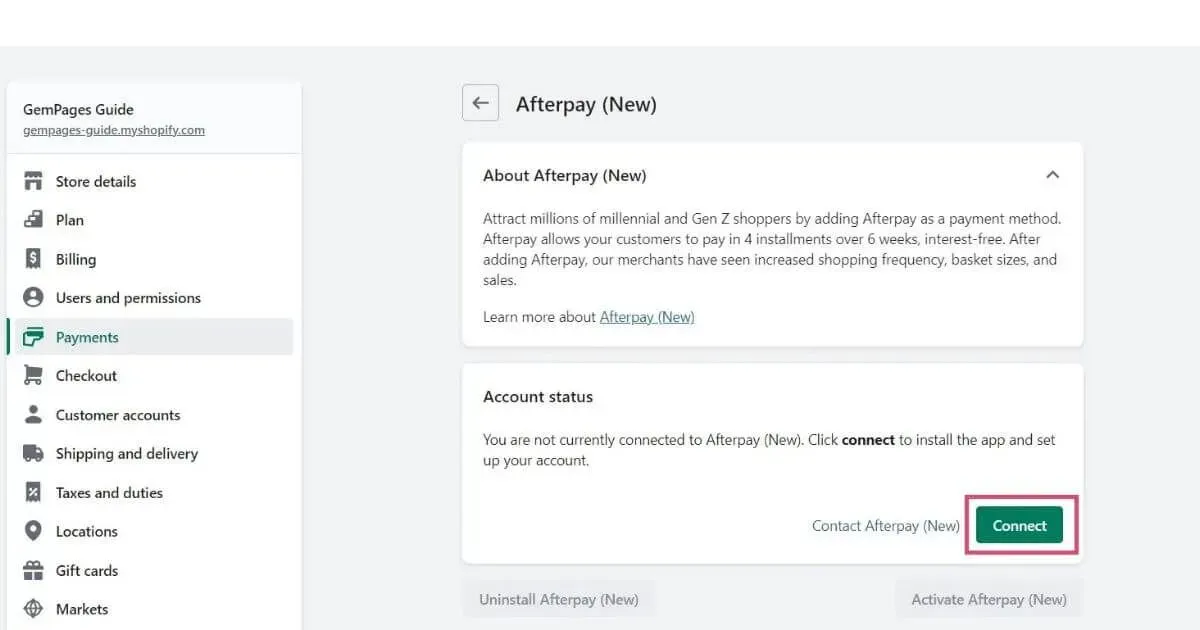
Next, select the Connect button located beneath the Account status section.
The installation of the Afterpay application will be required. Review the privacy and permission information, then initiate the installation process by selecting the Install app button.
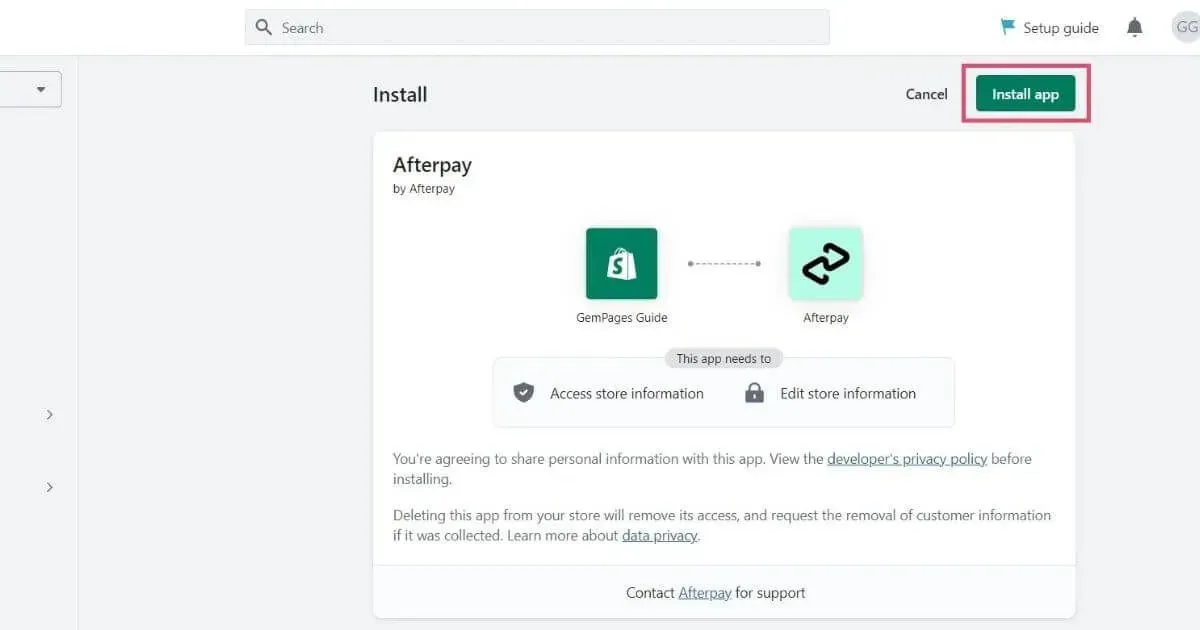
Step 4: Sign in to your Afterpay account
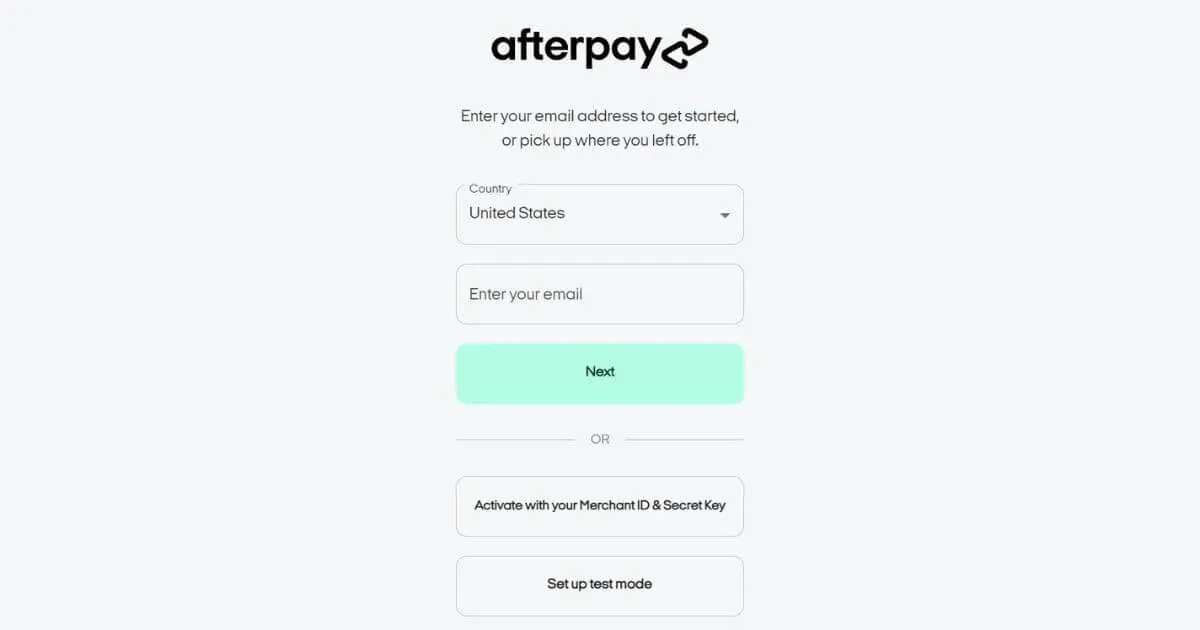
Upon installation, the user will be directed to the Afterpay onboarding page.
Input the country of your store and proceed to log in using either your email address or by activating Afterpay with your merchant ID and secret key. The ID and key should have been provided to you upon completion of the onboarding process for the Afterpay retailer account.
Step 5: Enable Afterpay on Your Shopify Store
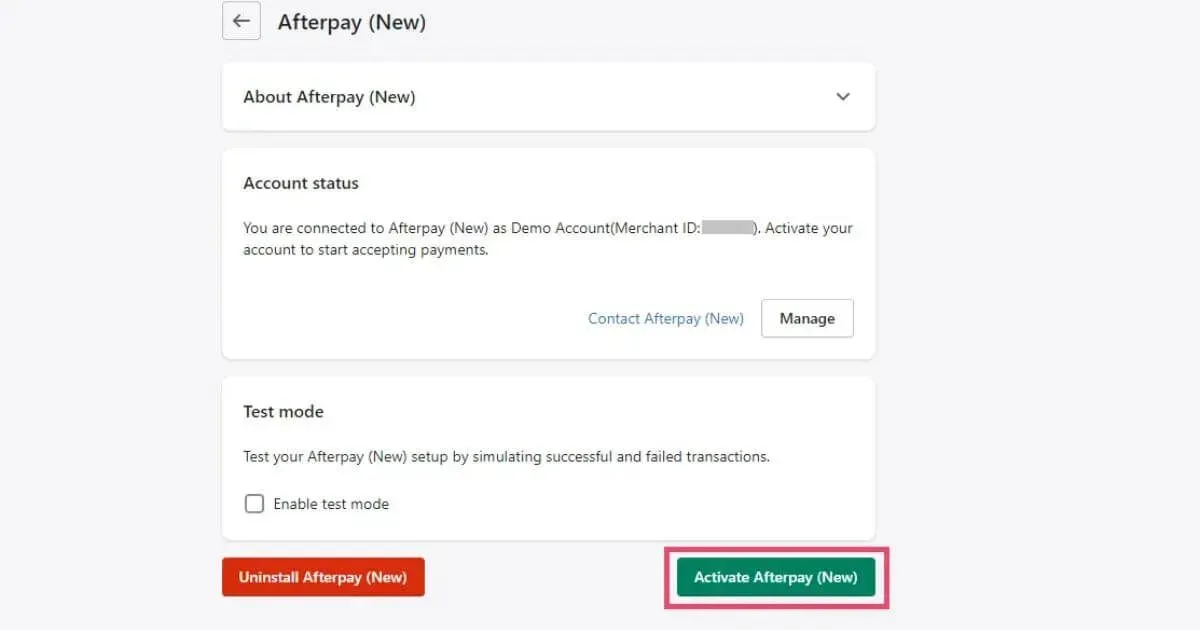
Upon successful sign-in, the system will redirect you to the payment settings section within your Shopify admin interface. To activate the Afterpay payment option on your store, click the "Activate Afterpay (New)" button.
Advantages of using Afterpay Shopify
Integrating Afterpay into your Shopify store provides several distinct advantages that can drive both sales and customer satisfaction:
- Increased Conversion Rates: By offering an installment payment option, Afterpay Shopify makes it easier for customers to complete purchases, especially for higher-ticket items. This reduces cart abandonment and boosts overall sales.
- Attracts a Wider Audience: Shopify Afterpay appeals to budget-conscious shoppers or those who prefer to manage their cash flow through installment plans. By offering this payment option, you attract a broader customer base.
- No Interest for Customers: One of the key advantages of Afterpay is that it’s interest-free for customers who pay on time. This makes it an attractive option for shoppers, which in turn benefits your store.
- Increased Average Order Value (AOV): When customers can spread payments over time, they are often willing to spend more per transaction. This can lead to a higher average order value for your store.
- Improved Customer Loyalty: Offering flexible payment methods like Afterpay can enhance customer satisfaction and encourage repeat purchases, contributing to long-term loyalty.
- Seamless Integration: Shopify’s easy-to-use interface and Afterpay’s API make it simple to integrate the service, allowing you to provide a streamlined experience for your customers.
Find out more: 10+ Best Free Shopify Apps for New Stores
Successful cases when applying Afterpay Shopify
Numerous Shopify merchants have experienced success by incorporating Afterpay into their payment options. Here are a few notable examples:
Bailey Neilson
Bailey Neilson is a sunglasses retailers founded by 2 seasoned entrepreneurs. Bailey Nelson became the first optical store to work with Afterpay in 2018. Winkle and Perry have been inventive in their approach to optometry, and they have also been progressive in their approach to payments. These days, Afterpay and Clearpay are available at every retailer.
Bailey Nelson has profited from the Afterpay arrangement. At Bailey Nelson, consumers who use Afterpay tend to spend 10% more than other customers. Also, they purchase from the brand more frequently. In the meantime, Afterpay Day raises awareness and contributed to a 41% increase in sales last year.
Read more: Inside Bailey Nelson’s vision for a new type of optometrist
Beginning Boutique
Beginning Boutique, a women’s fashion retailer, integrated Afterpay Shopify to improve accessibility for their customers. After implementing Afterpay, the store saw an immediate boost in conversion rates, as customers were more inclined to complete their purchases when they had the option to pay in installments.
During the last Afterpay Day Sale in August 2020, the Brisbane-based shop had an amazing 500% increase, according to founder Sarah Timmerman. They are expecting a 200–300% rise in sales this time around.
More details: The founder of Beginning Boutique shares her tips on driving sales this Afterpay Day
Read more: Boost Sales with Shopify Product Reviews Tips & guides
By integrating Afterpay Shopify, you not only offer a convenient payment method for your customers but also gain a powerful tool to increase conversions, boost sales, and create a more flexible shopping experience. Whether you’re selling fashion, electronics, or lifestyle products, Afterpay can help your Shopify business thrive.

Hey! I'm Andrew Doan. Together, we'll build the foundation for a successful store and ensure it thrives! Let grow together!
Start Building Trust Today
Install the Product Reviews app to improve your store's credibility and boost sales with real customer reviews.
Get Started with Zero CostWhat to not miss out on our blog
Gain insightful knowledge and invaluable experiences from dedicated experts.

Top 10 Christmas Shopify Theme Ideas for Holiday Store Makeovers
Looking for a Christmas Shopify theme that runs fast to refresh your shop? Check out these festive picks now. Make your storefront shine this holiday season.

Newsletter
Get all the stories you need-to-know from the most powerful name in news delivered first thing every morning to your inbox
_1200x630.webp)
